Indoor plants decorate homes and make the atmosphere more comfortable, friendly. Many of them are so familiar that people stopped thinking about their true origin. The true homeland of a popular indoor plant is tropical latitudes, almost 2000 species of ficus plants grow in forests and only 20 of them can decorate the windowsill. Each home species of ficus has its own differences.
Content
General plant features
The genus belongs to the Tutov family. Most of the representatives are evergreen and with only 10% leaves fall. Domestic and wild species have a single sheet structure. Stipules are usually large in size and quickly fall away.
Ficus is distinguished by inflorescences with the characteristic shape of a ball or pear. The buds are formed on the inner surface, and the flowers themselves are small in size and light in color. They can grow singly or form in groups.
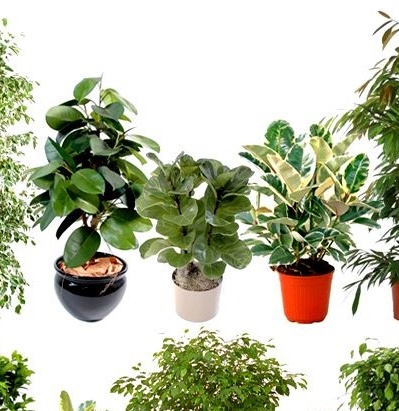
Ficuses differ in aerial roots and propagate, respectively, vegetatively. Over time, aerial roots form that descend to the ground and grow into reliable supports for a massive crown. The roots of some representatives braid the trunk of the host tree, which leads to its drying out.
Representatives of the genus differ from other plants in that they contain milky juice in all its parts. Under natural conditions, ficuses grow like trees, shrubs or creepers. Most species grow to a height of 5 meters under favorable conditions. Indoor varieties reach a level of 1-2 meters, may be smaller.
Homeland, history and description of species of ficus
In the tropics, you can find about 800 species of the family. About 100 species grow in subtropical latitudes. Some thermophilic plants live in the Mediterranean countries. Most species are distributed on the islands of the Pacific and Indian Oceans, in western Africa and Latin America.
The history of ficuses is quite long - in our time you can admire the tombs of Ancient Egypt, which are made from the African species of this plant. Over many thousands of years, many plant forms have appeared from giant to dwarf. Some ficus are considered sacred by Muslims: we are talking about a fig tree and figs.
Ficus is often called a rubber tree. Everything is explained by the special composition of milk, which is located in the leaves and stem. The plant is used for industrial purposes, because its juice is 15% rubber. In the wild, many animals eat ficus leaves.
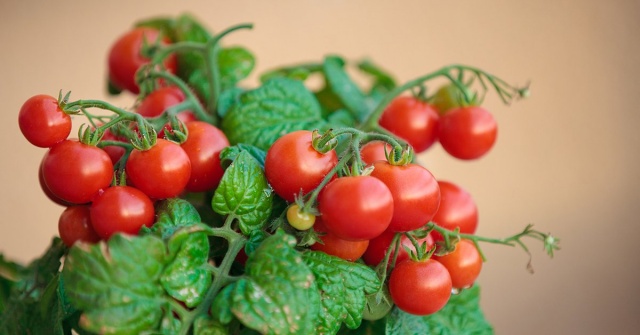 You may be interested in:
You may be interested in:In Africa and Mexico, the leaves of large trees are used during construction, they are lined with roofs. In some countries, living bridges are made from ficus. To do this, throw bamboo through the ditch and wind it with the aerial roots of the plant. About 10 years old vine grows around the supports. Such a structure is capable of supporting the weight of 50 people, who will simultaneously stand on the bridge.
Benjamina
An evergreen plant grows up to 10-20 meters in height. At home, grows in the form of a bush and not higher than 3 meters. The crown of the correct form differs in gray-beige color. It is so thick that the trunk is hard to distinguish.An unusual tree shape can be created if the aerial roots of the plant are properly connected.
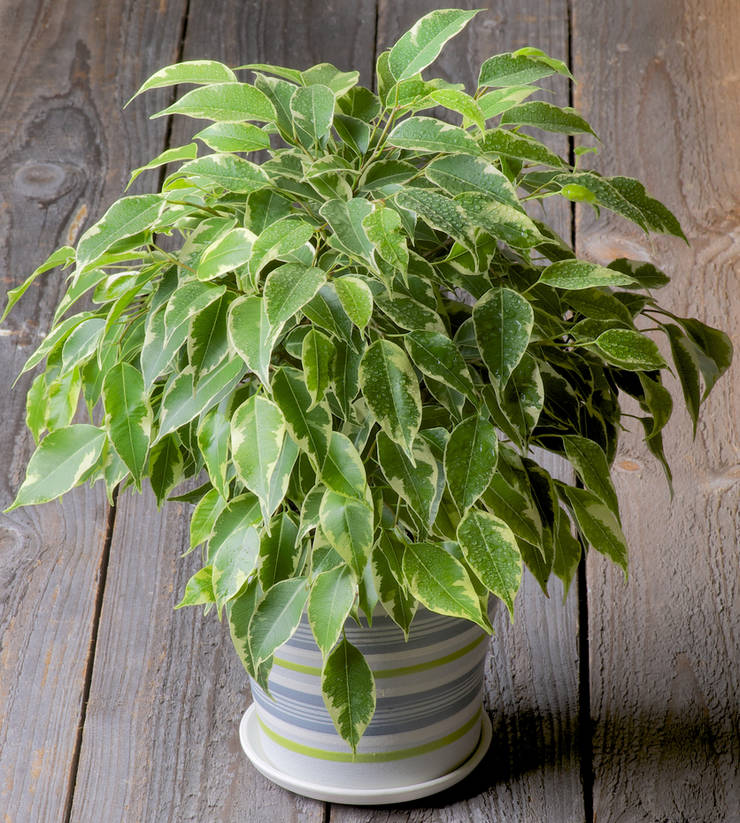
The leaves of ficus Benjamin are oblong in shape, with a length of 5-20 cm and a width of 2-5 cm. They can be either monophonic or two-color, depending on the variety. Many beliefs associated with this type of ficus. Some argue that it helps in conception of children and for this the plant is placed in the bedroom.
Rubber bearing
The most popular species does not need special care. The trunk has a small number of branches and in an apartment can grow up to 2 meters in height. Leaves with a pointed end are elliptical and have a glossy finish. Different varieties have different foliage colors.
The rubber "Black Prince" is distinguished by black leaves. Small pink spots in combination with red veins in the center are found in the Doecherry variety. If you are attracted by classic green with a light cream contour, then you should take a closer look at Variegata. Window sills are often decorated with representatives of "Robusta" with large and fleshy leaves of saturated green color.
Creeping
The species most often grows in wet subtropics in China and Japan. The shrub is distinguished by beautiful and graceful shoots. Each of them has additional aerial roots. Rough leaves differ in a mesh pattern and can reach about 10 cm in length.
By its behavior, such a ficus resembles a vine. On the lower part of the stem there are special suction cups that allow the plant to wrap around any surface. Used for decorative purposes and has beautiful inflorescences. The receptacle forms a ball with a hole on top and flowers inside.
Focal
Species native to Africa can grow up to 2 meters up at home. The plant is evergreen and has a massive crown of large oval-shaped leaves. The width of the sheet can reach up to 7 cm, and the length can be up to 20 cm. The soft skin is distinguished by a bright central vein.
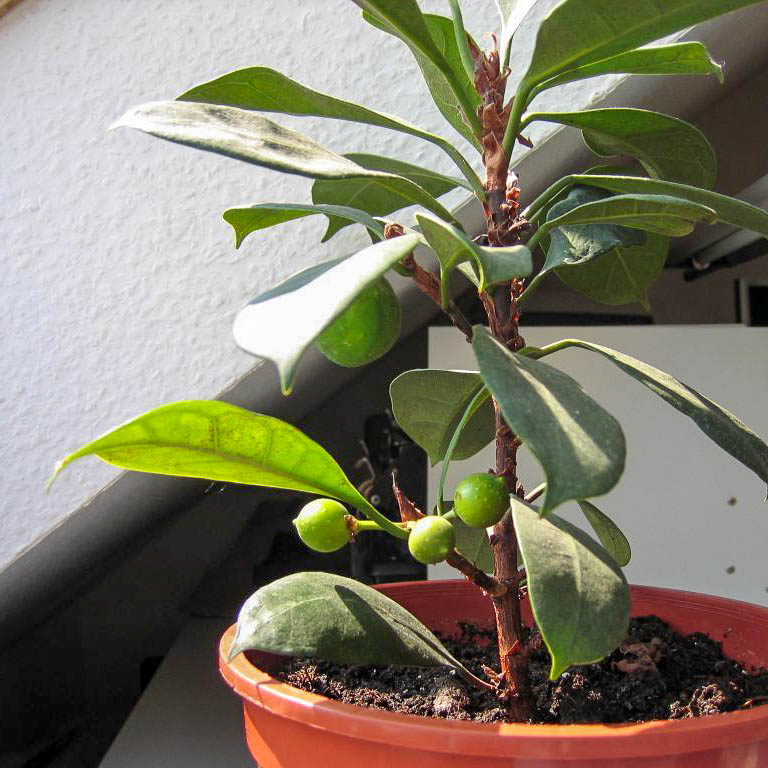
The tips of the branches are covered with brown scales. At an early age gives small yellow fruits that can not be eaten. The plant is unpretentious and can easily be in the shade, unlike other representatives of the genus. But you should be especially careful about watering.
 You may be interested in:
You may be interested in:Bonsai tree
Ficus can be grown using this technique, in the form of a miniature. A tree must have some characteristics in order to turn it into a bonsai. Pick an option with a branched root system and a massive, curved trunk. Ficus should differ in small leaves, otherwise it will not work to make a miniature. The great advantage of the plant is its rapid growth; bonsai can be grown in just 2-3 years.
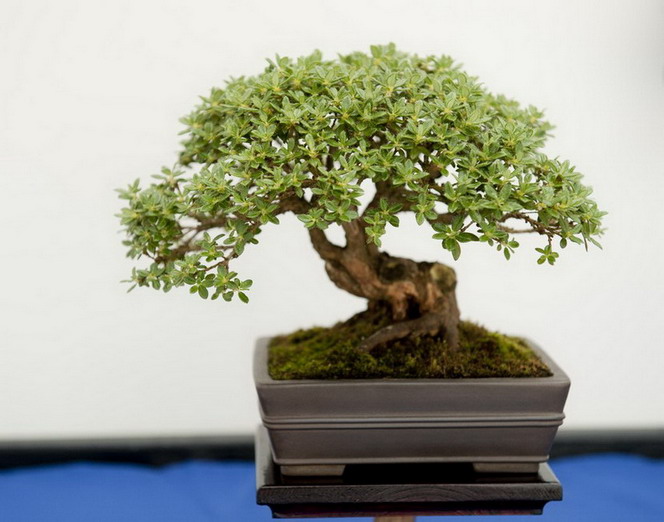
Usually Benjamin is used for cultivation. You can not wrap such a ficus with wire, but it tolerates pruning well. The sacred view is distinguished by a beautiful trunk and branches. Attractive ficus panda leaves also make the species suitable for ornamental miniature cultivation.
Bonsai is divided not only by species, but also by forms. Most popular options:
- Tekkan with a straight barrel of the correct form.
- Moegi has a curved trunk that grows up.
- The shakan has slightly twisted roots. The trunk is laid to one side.
- Hokidati is notable for the fact that the branches and roots diverge equally.
Creating natural conditions for growing
Indoor ficus is unpretentious, so keeping it easy and troublesome. The plant loves light, but does not tolerate direct sunlight.It is better to put it on the windowsill from the west or east side. If there are no options, then the southern window must be shaded. In winter, you need to take care of artificial lighting.
In summer, maintain the air temperature within 23-27 ° С, and in winter - 15-20 ° С. Representatives of the genus are very afraid of a draft, one must not allow hypothermia of the root system. In summer, it is better to take the flower to the balcony. It is important to wait for the period when the temperature at night will not fall below 18 ° C. Remember that the pot must not be rearranged often.
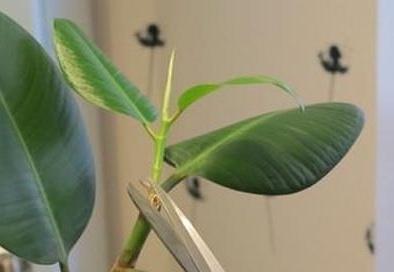
When watering, you should focus on the condition of the soil. Water the flower when the earth dries 1-2 cm deep. A large plant in an outdoor pot can be watered 2-3 times less often. Use only purified, warm water. It is recommended to defend it previously within 12 hours.
A tropical plant loves moisture, so take a small shower periodically. Species with small leaves perceive spraying better than varieties with large ones.
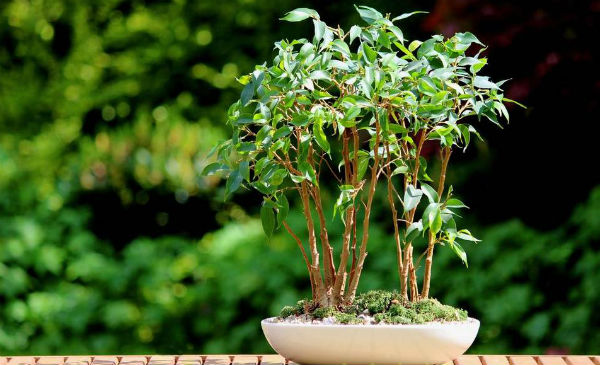 You may be interested in:
You may be interested in:Common Growing Questions
Caring for ficus is not difficult, but you need to be careful about the flower. The slightest deviation of the conditions from the norm will lead to leaf fall. During the cultivation, various difficulties may arise:
Heat-loving ficuses of different species mainly grow in tropical and subtropical latitudes. Tall trees and branched shrubs are found in the forests of many countries. Popular home varieties are easy to care for, so even suitable for busy people. The plant is completely safe for animals and children.

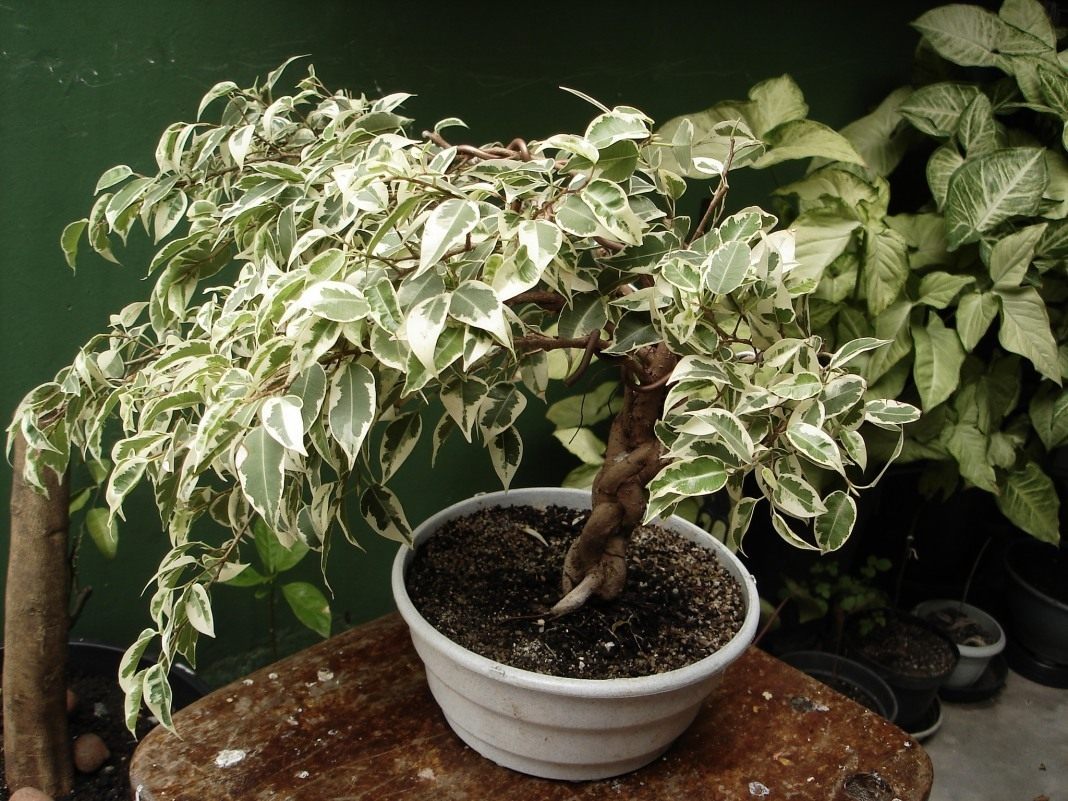
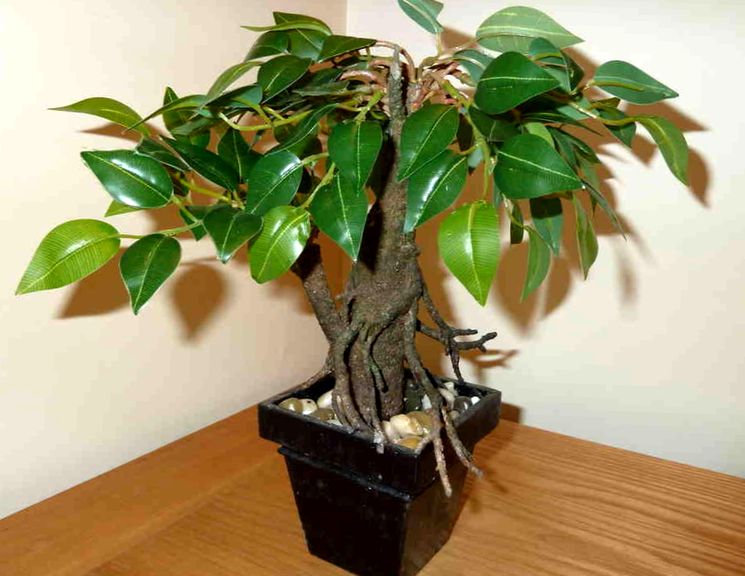
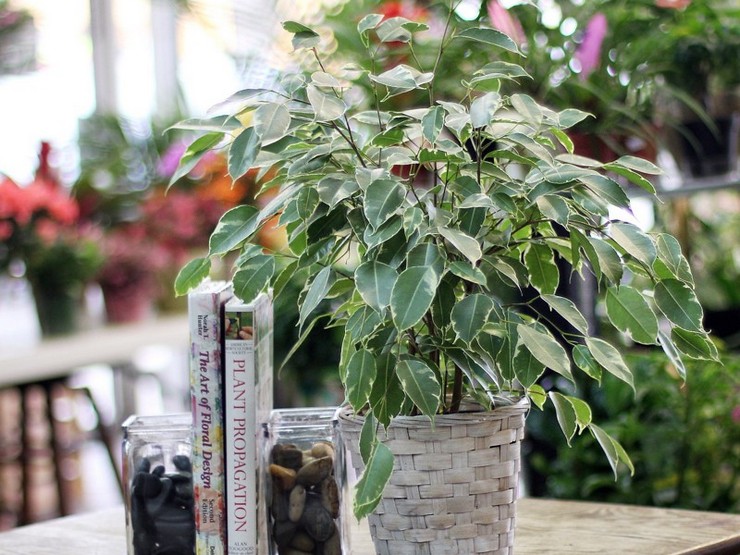
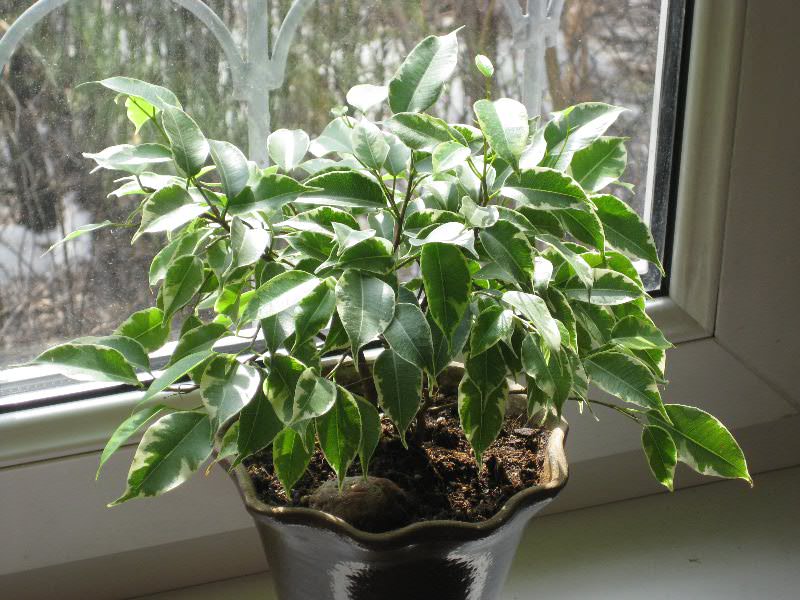

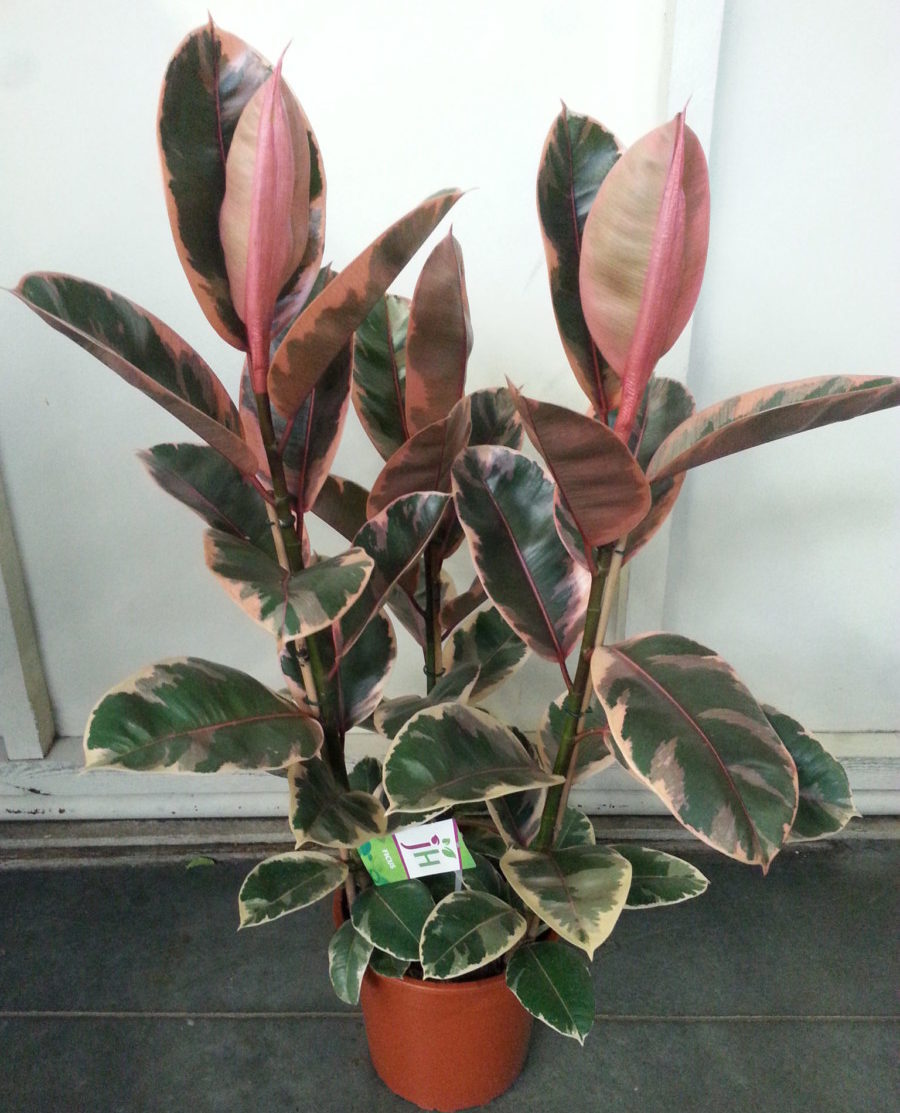



 Sow in the ground, without seedlings: 10 beautiful and unpretentious flowers
Sow in the ground, without seedlings: 10 beautiful and unpretentious flowers Platicodon planting and outdoor care
Platicodon planting and outdoor care Hosta - planting and care in the open ground in the Urals
Hosta - planting and care in the open ground in the Urals Oleander - care and growing at home
Oleander - care and growing at home